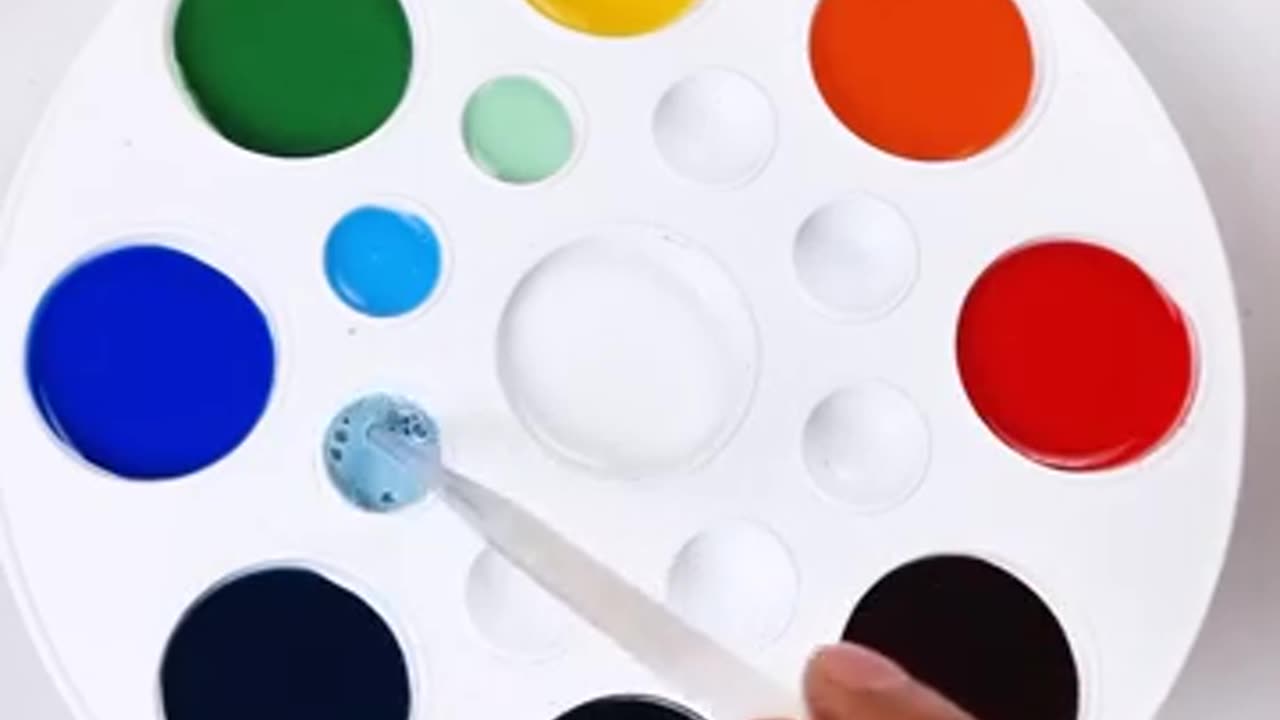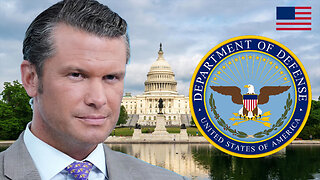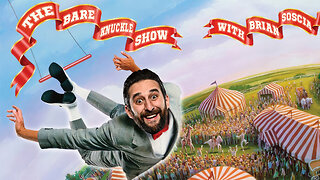Premium Only Content

Color mixing receipies
Here's a comprehensive note on color mixing recipes:
*Primary Colors*
1. *Red* (R)
2. *Yellow* (Y)
3. *Blue* (B)
*Secondary Colors*
1. *Green* (B + Y)
2. *Orange* (R + Y)
3. *Purple* (B + R)
*Tertiary Colors*
1. *Yellow-Green* (Y + B + touch of Y)
2. *Blue-Green* (B + Y + touch of B)
3. *Red-Orange* (R + Y + touch of R)
4. *Red-Violet* (R + B + touch of R)
5. *Yellow-Orange* (Y + R + touch of Y)
6. *Blue-Violet* (B + R + touch of B)
*Neutral Colors*
1. *Black* (R + B + Y)
2. *White* (R + B + Y + White)
3. *Gray* (R + B + Y in equal proportions)
4. *Brown* (R + Y + B in varying proportions)
*Pastel Colors*
1. *Pastel Pink* (White + touch of R)
2. *Pastel Blue* (White + touch of B)
3. *Pastel Yellow* (White + touch of Y)
*Earth Tones*
1. *Beige* (Brown + White)
2. *Taupe* (Brown + Gray)
3. *Sienna* (Red + Yellow + Black)
*Metallic Colors*
1. *Gold* (Yellow + touch of Red + White)
2. *Silver* (Gray + White)
3. *Copper* (Red + Orange)
*Color Harmony Recipes*
1. *Monochromatic*: Varying shades of one color.
2. *Complementary*: Pair colors opposite each other (e.g., Blue + Orange).
3. *Analogous*: Use adjacent colors (e.g., Blue + Green + Yellow).
4. *Split-Complementary*: Pair a color with two adjacent colors (e.g., Blue + Yellow-Green + Orange-Red).
*Tips*
1. Start with primary colors.
2. Experiment with ratios.
3. Adjust with white, black, or gray.
4. Consider color temperature (warm/cool).
5. Practice makes perfect!
*Digital Color Mixing*
For digital art, use RGB (Red, Green, Blue) or HEX codes:
1. *RGB*: Red (0-255), Green (0-255), Blue (0-255)
2. *HEX*: #RRGGBB (e.g., #FF0000 for Red)
Remember, color mixing ratios may vary depending on the medium (paint, ink, digital).
-
 1:40:52
1:40:52
Russell Brand
2 hours agoCalifornia Burns! Who’s Really to Blame? – SF519
39.4K36 -
 LIVE
LIVE
The Officer Tatum
1 hour agoLIVE: Pete Hegseth DESTROYS Leftist at Confirmation Hearing! + MORE Officer Tatum Show EP 41
2,168 watching -
 1:58:28
1:58:28
The Charlie Kirk Show
2 hours agoThe Hegseth Confirmation Hearing | Larsen, Dr. Marshall, Halperin | 1.14.2025
65.5K45 -
 12:15
12:15
Reforge Gaming
3 hours agoPlayStation has a First Party Problem
62 -
 7:12
7:12
Rethinking the Dollar
3 hours agoIs the Catalyst For the Next Financial Crisis...Homeowners Insurance?
1192 -
 2:02:13
2:02:13
LFA TV
19 hours agoHEGSETH HEARING LIVE! | LIVE FROM AMERICA 1.14.25 11am
44.4K25 -
 46:04
46:04
Grant Stinchfield
2 hours ago $0.76 earnedDevious Jack Smith Vindicates President Trump with One Line the Media Won't Repeat
4.06K1 -
 18:12
18:12
ROSE UNPLUGGED
1 day agoTom Homan: They Can't Cancel Me- I'm Not Going Away
97 -
 DVR
DVR
TheAlecLaceShow
3 hours agoNavy SEALs March on Washington for Pete Hegseth | The Alec Lace Show
1.93K1 -
 1:16:46
1:16:46
Bare Knuckle Fighting Championship
1 day agoThe Bare Knuckle Show with Brian Soscia
13.6K